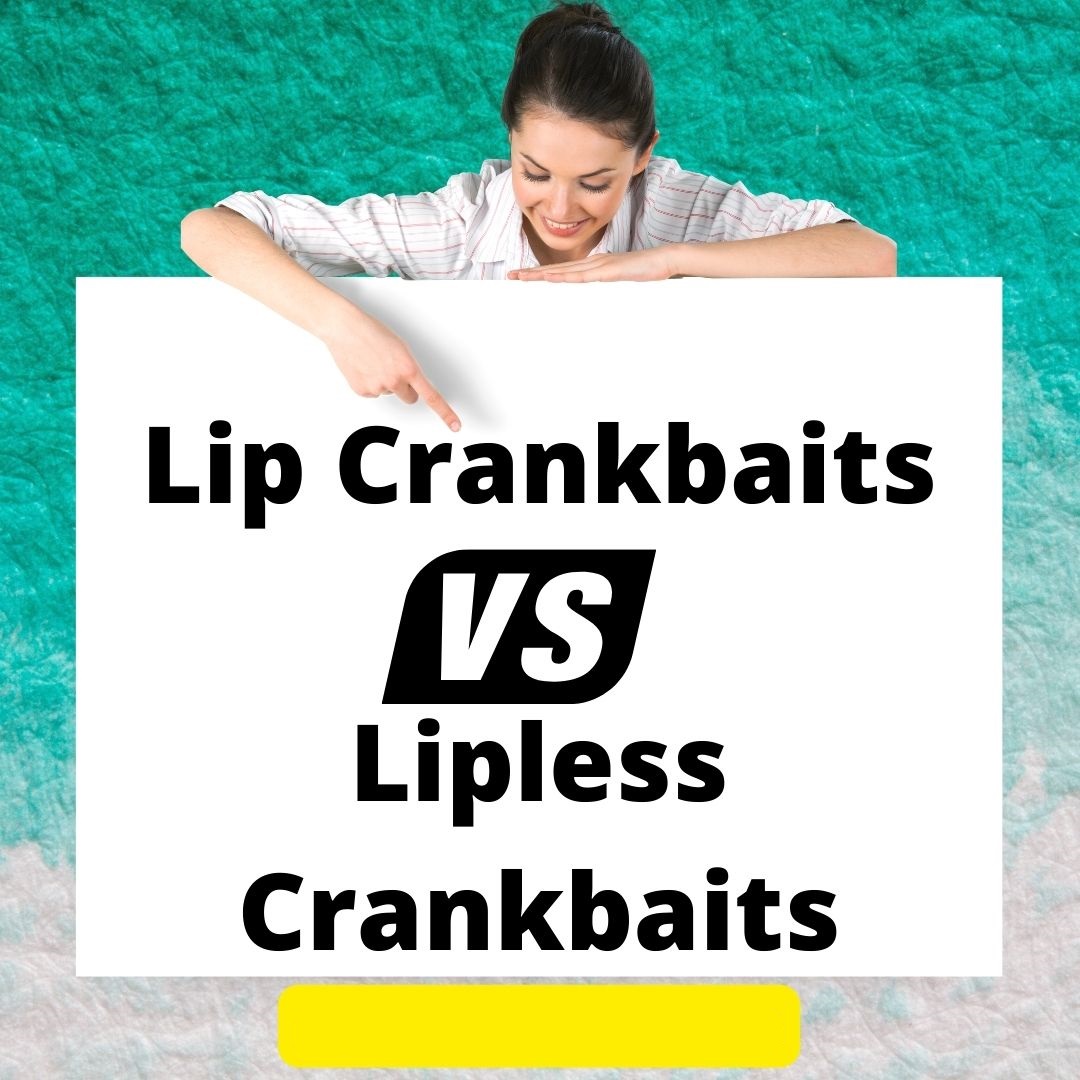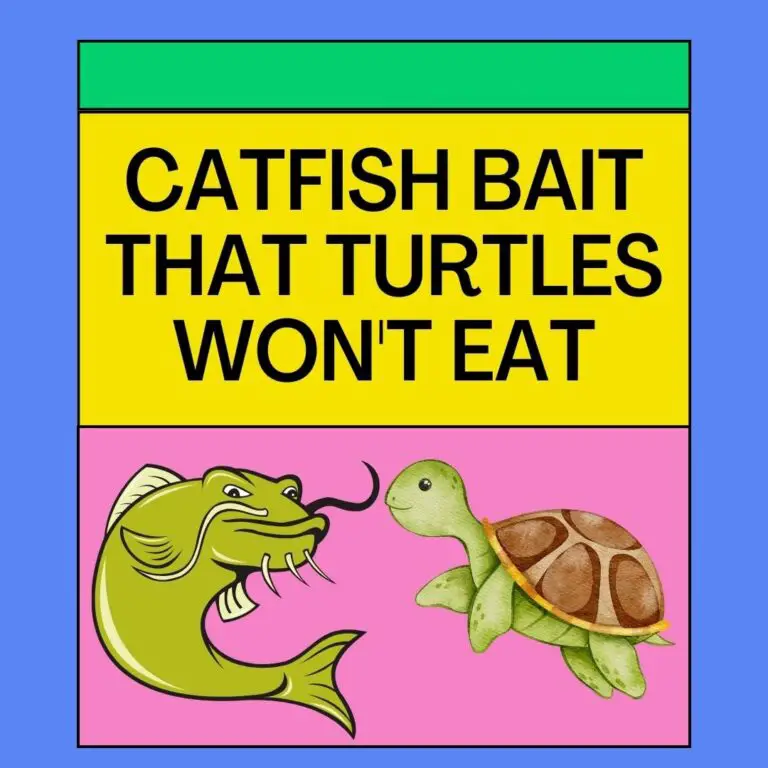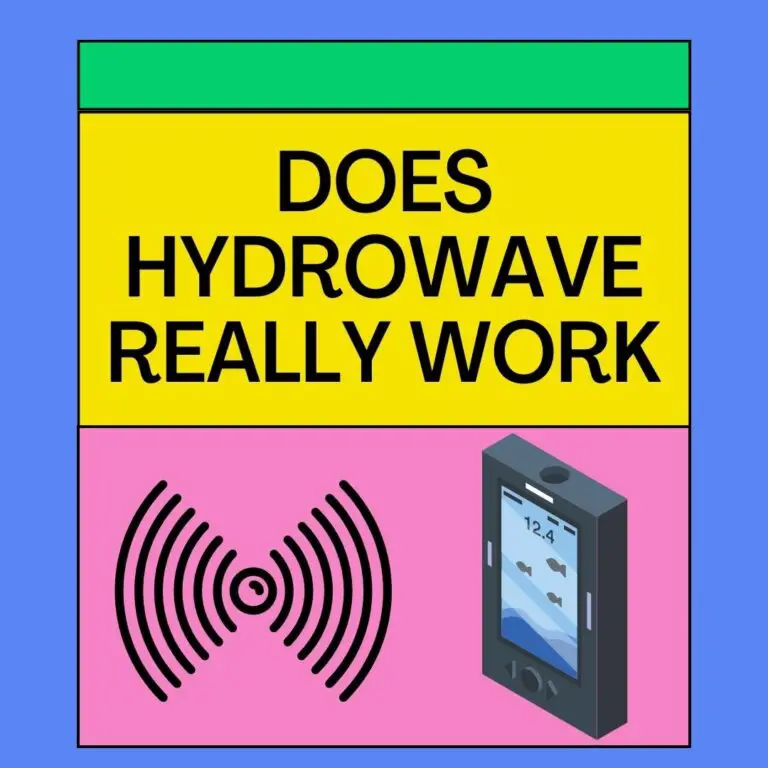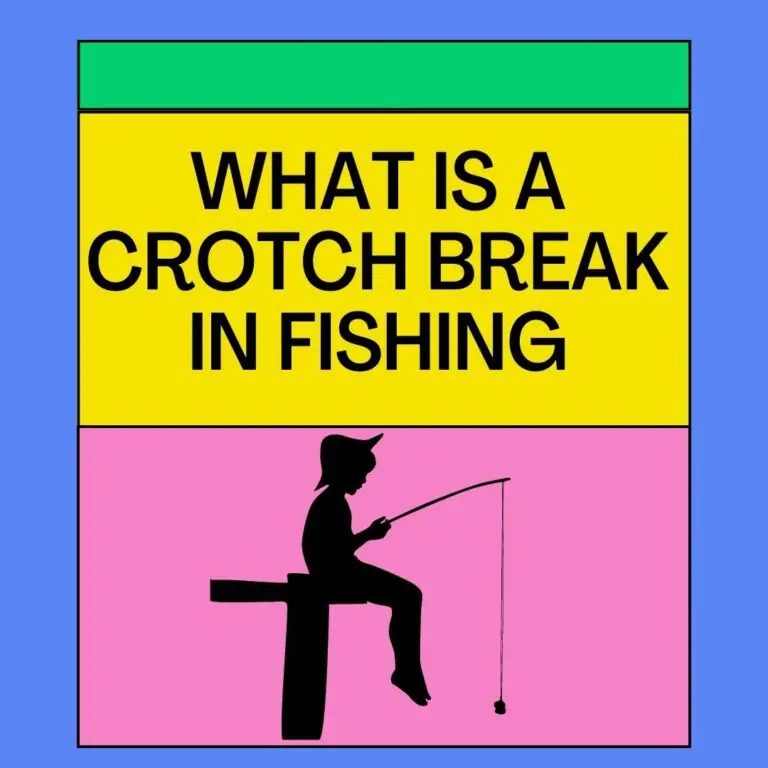
You want a crankbait that will suit your fishing style. But can’t decide which one to choose? Worry not, it happens to every one of us.
So, which one will suit you the most between lip vs lipless crankbait?
Lipless crankbaits are ideal baits for deep-water fishing. It can hit the bottom hard enough, is easy to maneuver, and lightweight. Comparatively, lipped crankbaits are suitable for shallow and medium-level depths. They mostly float at the surface but can also dive at a certain depth of water.
The article will provide a quick comparison followed by an in-depth comparison of the two crankbaits. We’ll let you decide which one is for you. Let’s do this.
Lip vs Lipless Crankbaits: Quick Review
Lipped and Lipless crankbaits are quite the same but there are some differences too. Although both the crankbaits are good for fishing the question is which one should you choose?
Let’s compare lip vs lipless as we did between 1/8 vs 1/4 jig head.
The table below shows the basic difference between the two crankbaits.

| Differential Factors | Lipped Crankbait | Lipless Crankbait |
| Average Weight | ¼-Ounce | ½-Ounce |
| Lip Length | Short, Medium, and Long. | Doesn’t have lips. |
| Diving Depths | Usually floats on the surface of the water. But can dive from 6-25 feet deep. | Primarily sink in the depth of the water. Can reach up to 40 feet deep. |
Now that you have a quick overview of the differential factors. Let’s move to the in-detailed comparison.
In-depth Comparison
Now let’s get to the in-depth comparison of the two crankbaits. The battle begins!
Average Weight
Crankbaits generally come in different sizes based on the type of fishing. A lipped crankbait usually weighs ¼ ounces. On the other hand, a lipless crankbait weighs only ½ ounce.
The lighter the bait the easier it is to control in the water. Thus, Lipless crankbaits are easier to control because of their lightweight design.
However, lipped crankbait has lips floating in different depths of the water. As a result, it adds some weight to the crankbait. Deepwater crankbaits can weigh over an ounce.
Now you might be thinking, do you put weights on crankbaits?
No, you don’t have to put any extra weights on the crankbaits. Crankbaits are made in a way it can proportionately balance themselves in the water. Also, crankbaits without lips have better control due to not having a lip that adds weight.
Lip Length
Lipped crankbaits have different lengths of their lips such as long, medium, and short.
Generally, long lips help crankbait dive deeper into the water. Medium and short-lipped crankbaits are suitable for fishing in shallow depths of water.
Based on the length of its lips there are 2 types of lipped crankbaits:
- Square-lipped or Square-billed crankbaits.
- Round-lipped or Round-billed crankbaits.
Square-lipped crankbaits have square-shaped lips. It can go only up to 3 to 5 feet deep in the water. Likewise, Round-lipped crankbaits have round-shaped lips and angles. Round-lipped is deep water baits that can go up to 35 feet.
You may ask, do crankbaits have to hit the bottom?
The answer is no, not necessarily. Unless you want some deep water fish hitting the bottom surface is not needed. In shallow depth your crankbait can perfectly lure fish even if it floats. So, try hitting the rocky or weedy bottom during deep water fishing.
Diving Depths
In terms of depth diving range behavior, lipped crankbaits are divided into three categories. These are
Shallow diving crankbait (Short lips)
Shallow diving crankbait is the ideal bait for fishing into shallow depths of water. It can go up to 5 feet under the water. It’s easy to control through the weeds, obstacles, or rocky bottoms of the water.
Also, its short lips make it lightweight. As a result, it wobbles harder in the water attracting the hidden fishes.
Medium diving crankbait (Medium lips)
Medium diving crankbaits have slightly larger lips compared to shallow diving crankbaits. The size of this crankbait is usually 3-5 inches. It can go up to 15 feet deep in the water.

It is reportedly effective both in shallow and medium deep water. Its deflection on rocks creates a noticeable presence under the water.
As a result, It’s a suitable bait for rocky bottoms of rivers or lakes. The harder the vibration the greater the chance of luring fishes hiding under grass.
Deep diving crankbait (Long lips)
Deep diving crankbaits are for critical underwater fishing. They are generally larger compared to the other two. Deep diving crankbaits can be up to 6/7 inches long. It can go from 25-30 feet deeper in the water.
Its long lips provide it with more depth and weight. For shallow and medium diving crankbaits, underwater contact is crucial. But things work differently under deep water.
Apart from crankbaits, there are deep diving baits for deep water fishing. For instance, hunting the largemouth bass needs lipless chatterbait for successful fishing.
Deepwater fishes have slower movements due to the water pressure. Deep diving crankbaits sink in the depth of the water without having to lose control.
Although maneuvering crankbaits under deep water is easy, it needs a lot of practice and patience.
When to Use a Lipless Crankbait?
When to use a lipless crankbait depends on some factors. Such as the water depth, water temperature, season, and the rod you are using. The ideal season is from early spring to late fall. And, the perfect water temperature is 45 to 60 degrees.
Along with this, as mentioned earlier lipless crankbaits are depth masters. This noise-maker crankbait attracts the fish to react to its wiggle. Also, its tight wiggle makes it easily retrievable.
When to Use a Lipped Crankbait?
When you decide to go shallow or mid-level water depth take lipped crankbaits with you. In summer water temp reaches 55 to 60 degrees and the fish come shallow for oxygen. This is the perfect time for using a lipped crankbait.
Because due to hot temperature the amount of oxygen in the water reduces. As a result, the fish come to the surface for oxygen leaving them vulnerable.
Final Thoughts
So which crankbait did you choose? We hope the concept is clear now, you can decide between the lip and lipless crankbaits. Our recommendation would be to use the lipless crankbaits. It’s because it has a slightly better success rate compared to lipped ones. So, we leave it to you to choose between these two.
FAQs
What does a lip do in a crankbait?
Lips work as a deflector and determine the diving depth of the bait. Bigger lips mean deeper depth, whereas shorter lips mean shallow depth.
Lips also help to control the crankbait at a certain depth to make it flow. Lipless crankbaits on the other hand sink at the depth and are faster to retrieve.
Which crankbait should I use for muskies?
For spring muskies go full-on lipless. Lipless crankbaits are proven to work great for muskies because of their rapid maneuver abilities.
Muskies are creatures of shallow fish so you need a bait with perfect control. Lipless crankbaits provide better control compared to the lipped ones.
What color crankbaits are best?
Flashy and shad-colored crankbaits are best. It is recommended to have multiple colored crankbaits while fishing. Bright shad colors are best for both clear and dirty waters.
Flashy crankbaits are best for ultra clear waters. Hence, colors provide a clear view of the bait while in the water.
Conclusion
Great! You’ve reached the end of the article. We’ve tried our best to demonstrate an in-depth comparison of the two crankbaits. Let us know if something is missing.
Hope we could clarify your confusion on lip vs lipless crankbaits.
Let us know which one you choose. Happy fishing!

I’m Cindy, a free-spirited outdoor enthusiast. Since childhood, Our family frequently goes on weekend camps and my father, who was a skilled hunter, used to teach my siblings and me valuable things about wildlife survival. I made this blog to share my knowledge, experiences, and tips.




![Hw-602b vs Hw-603b [Best Canister Filter Suitability!]](https://huntandlunch.com/wp-content/uploads/2022/11/Hw-602b-Vs-Hw-603b-768x768.jpg)

